EXPLAINED: Pit lane starts – Why drivers start from the back and how they fight forwards
After Lewis Hamilton’s charge from the pit lane to P7 in Belgium, we take a look at why drivers sometimes start from the pit lane, and how they can turn a setback into a brilliant comeback...
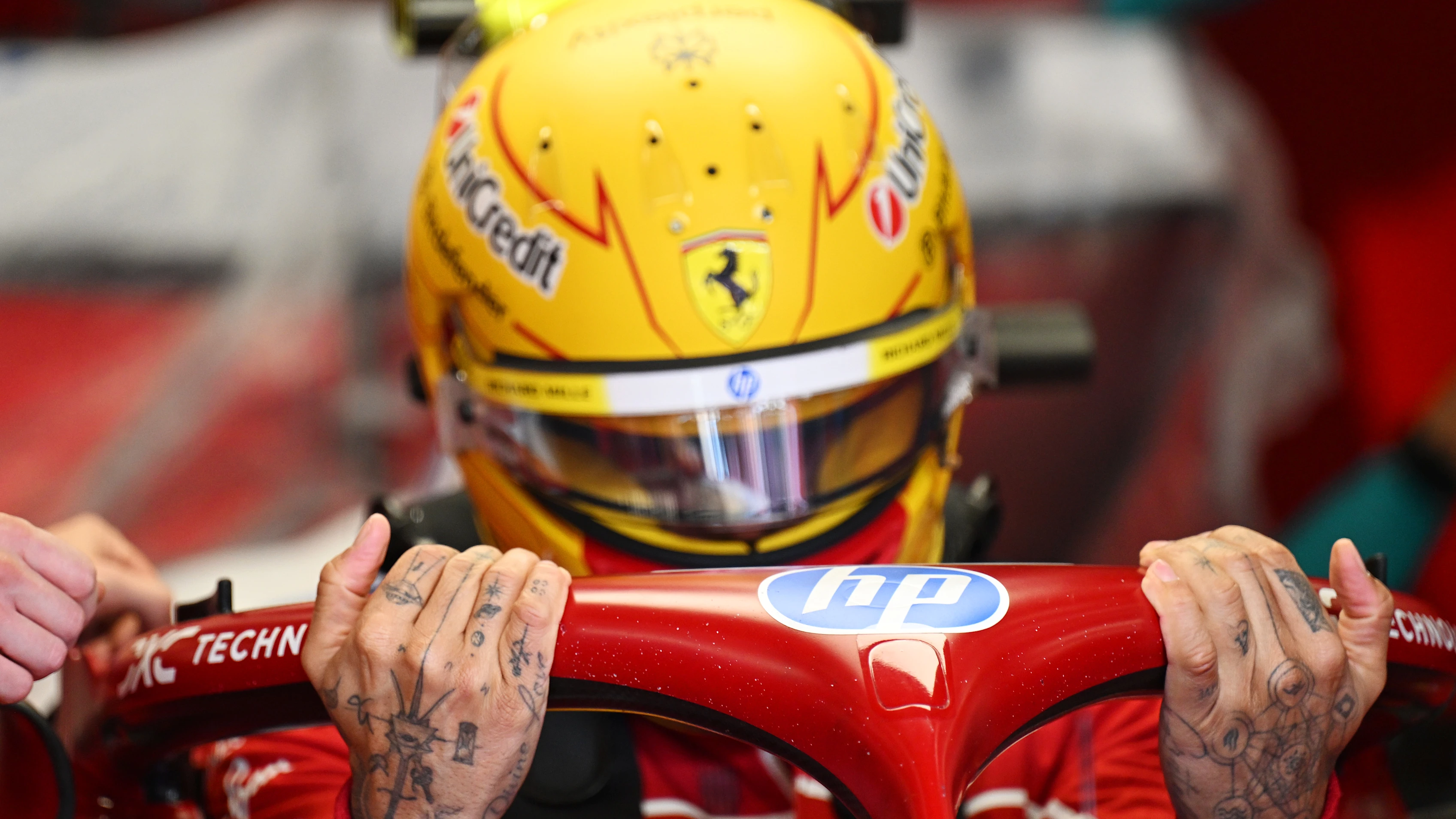
It had been a tough and eventful weekend for Lewis Hamilton in Belgium by the time the Grand Prix was due to get underway on Sunday. The latest instance of misfortune was during Saturday’s Qualifying session, when the Ferrari driver was knocked out of Q1 after his lap time was deleted for going off the circuit.
Due to start P16 on the grid for the Grand Prix, Ferrari opted to make a change to the number 44 car post-Qualifying, meaning Hamilton would have to start from the pit lane. However, with masterful overtakes in the wet, and perfectly timed strategy to change from intermediate to medium tyres on Lap 11, Hamilton finished an impressive P7 to end the arduous weekend on a high.
Starting from the pit lane, the very back of the pack, is often a frustrating position to be in for teams and drivers. However, sometimes this can provide the seeds for tactical masterclasses and mind-blowing moves up the order. That’s exactly what Hamilton showed us in Belgium.
Here’s a breakdown of everything you need to know about pit lane starts, why they happen, and most importantly, how a driver can make the most of one to move through the field...
What is a pit lane start?
Simply put, a pit lane start is when a driver does not line up on the grid for the start of the race along with the rest of the field. Instead, they start from the pit lane – which is usually alongside the start/finish straight.
Cars starting from the pit lane can join the track once the race has started and the entire field has passed by the end of the pit lane.
Starting from the pit lane does not mean a driver can set off at the same time as those on the grid. After the lights go out to start the race, the driver remains idle at the end of the pit lane until after the last car on the grid has passed by the pit exit after the start of the race. The driver is then indicated to join the track by the green light appearing at the pit exit, and their race can begin.
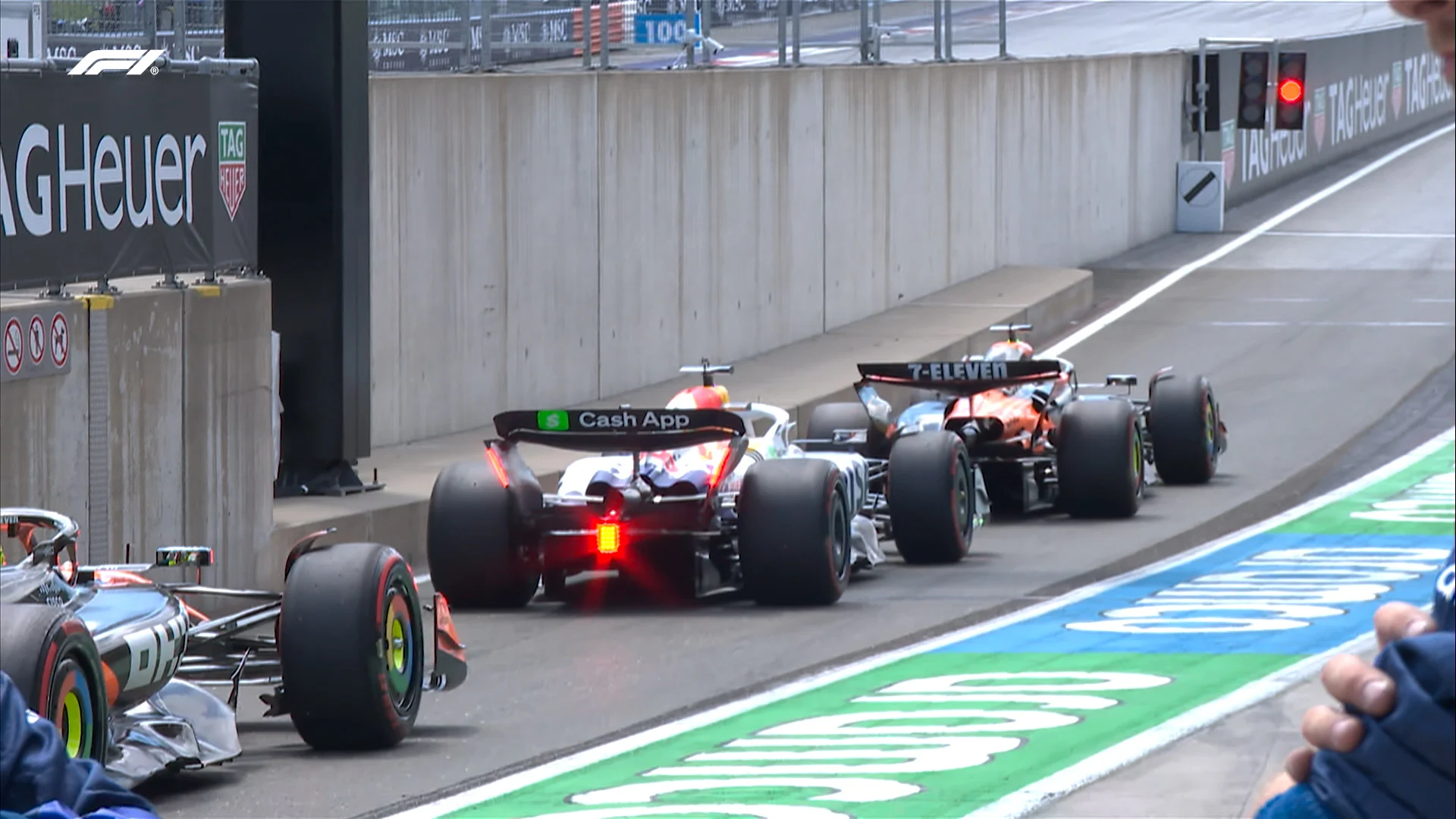
Why do drivers start in the pit lane?
Starting from the pit lane tends to be either an enforced or tactical decision, often resulting from rule violations or strategic gambles...
Breaking parc fermé rules
The most common reason for a pit lane start is due to a rule-breaking change to the car whilst in “parc fermé” conditions. At the start of Qualifying on Saturday, all cars enter 'parc fermé' (French for 'closed park') conditions, a period where teams cannot make major set up changes without receiving a penalty.
If a team makes unauthorised changes to one (or both) of the cars under parc fermé conditions (such as altering suspension, rear wing, or floor settings), the driver(s) must start the race from the pit lane.
Power unit or gearbox penalties
Similarly, the sporting regulations limit the number of engine and gearbox components each driver can use per season. Exceeding these limits will automatically trigger grid penalties, sending the driver further back on the grid from where they had originally qualified.
If penalties mean starting towards the back of the grid anyway, sometimes teams will opt for a pit lane start so they can made additional set-up changes to the car.
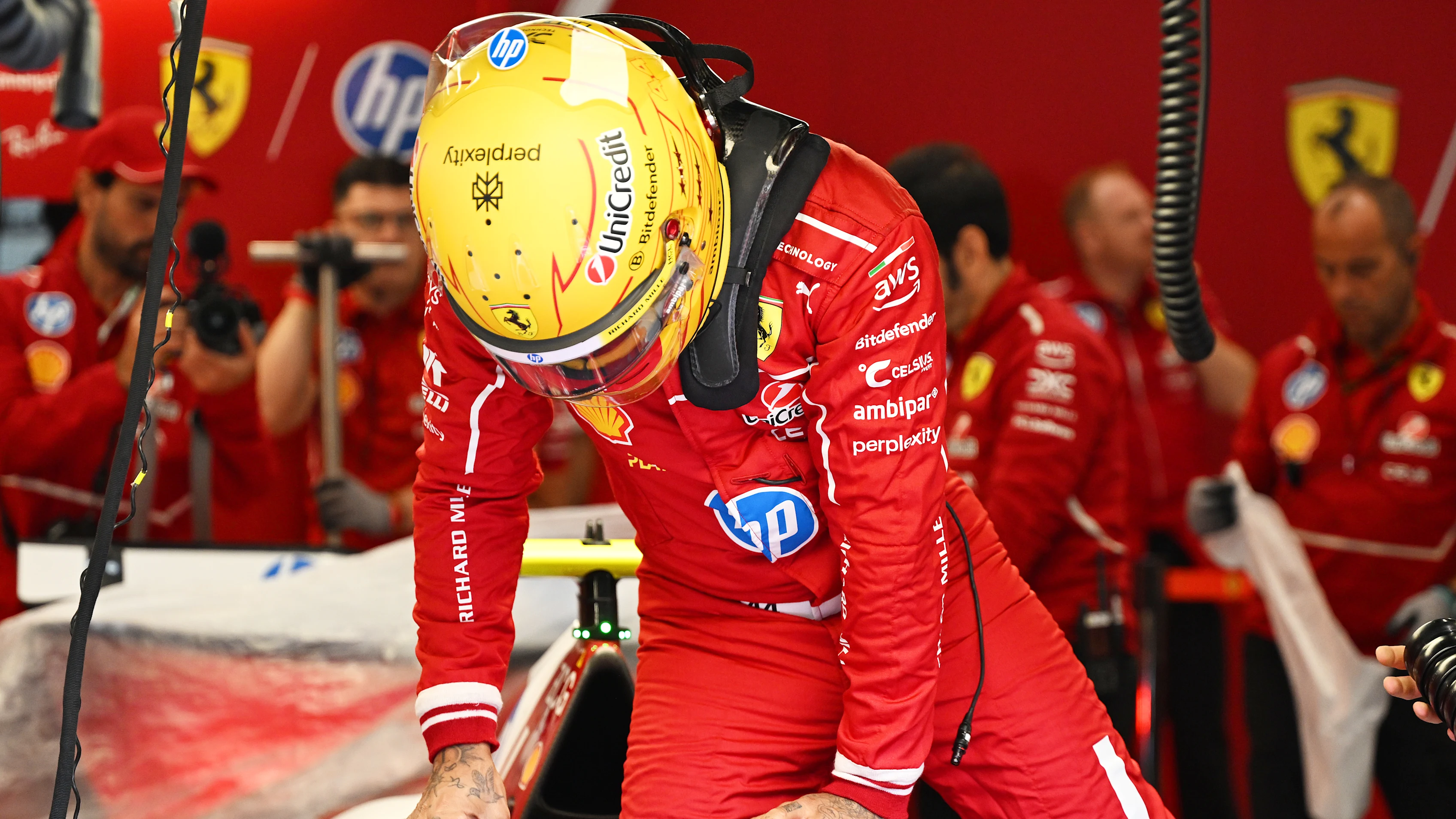
Damage in qualifying
If a car is heavily damaged in Qualifying from a crash and cannot be repaired in time ahead of Sunday morning’s scrutineering, teams may need to continue to fix and modify the car overnight, forcing a pit lane start.
Formation lap issues
If a driver has a delayed formation lap (due to stalling the car for example) and cannot make it to the starting order in time, the driver must enter the pit lane and complete a pit lane start.
What are the challenges and advantages of a pit lane start?
Starting behind the rest of the grid means a driver must successfully navigate through backmarkers and the midfield if they're to score points. Drivers negotiating a pit lane start need to pass cars early on where possible or risk their competitors pulling away.
Starters from the pit lane can face strategy constraints for their race. Teams might need to use different tyre strategies, or even gamble on factors outside their control, such as a Safety Car intervention or drastic weather changes.
However, starting in the pit lane can also be an opportunity to reset post-Qualifying and fine-tune the car specifically for the race. Teams usually head into each race weekend having to balance the set-up of the car to get the most performance in both Qualifying and the Grand Prix. There can often be a trade-off between different set-up preferences.
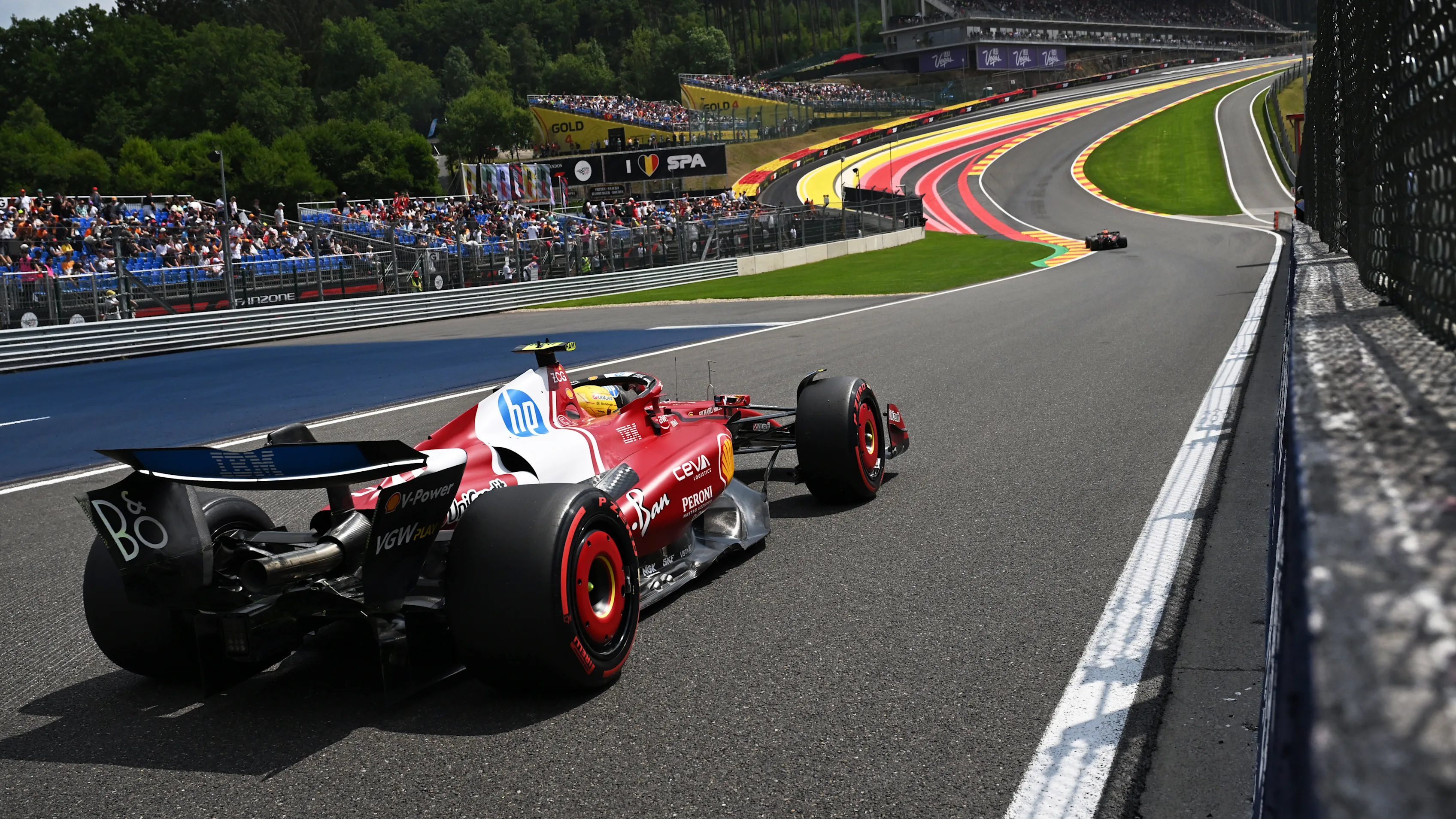
When have drivers turned a pit lane start into a success?
Despite starting behind the other competitors and facing the challenge of new strategies, some drivers and teams have been able to turn the ‘disadvantage’ of pit lane starts into some magical on-track moments...
Sebastian Vettel (Red Bull) - Abu Dhabi 2012
After originally qualifying third around the Yas Marina Circuit, championship leader Sebastian Vettel was disqualified from Qualifying due to officials being unable to extract a one-litre fuel sample required for analysis. The stewards allowed Vettel to start the race from last place on the grid, but Red Bull opted to make set-up changes to his gearbox, suspension, and aerodynamics (to help with overtaking) before the race. This violated parc fermé conditions, leading to the German having to start from the pit lane.
The race was chaotic, with a number of cars making contact (including Vettel himself!), causing multiple retirements, and Safety Car deployments. These instances - along with his skilful driving and the set-up changes made ahead of the race - helped the Red Bull racer through the field to a podium position in P3. It was a fantastic recovery drive to secure much needed points. With just two races of the season left, the result was pivotal in Vettel securing the hotly contested Drivers’ Championship that season.
Sergio Perez (Red Bull) - Australia 2023
Sergio Perez was unable to set a lap time in Qualifying down under after getting beached in the gravel during Q1, but was later given permission by the stewards to start the race at the back of the grid. Instead, Red Bull decided to make some alterations to Perez’s car whilst in parc fermé conditions and he therefore had to start from the pit lane.
After making up some positions within the first lap of the Grand Prix, the race was soon red-flagged due to debris on the track that needed to be cleared. With another two red flags and a Virtual Safety Car, Perez moved up the order to finish an impressive P5 and hold on to second place in the Drivers’ Championship.
Fernando Alonso (Ferrari) - Monaco 2010
With its tight and winding roads, crashes are not uncommon around the streets of Monaco, as Fernando Alonso illustrated in 2010 during third practice. After the session, his team at Ferrari judged the damage to his car to be too extensive to repair in time for qualification. This forced the Spaniard to revert to a spare chassis and start from the pit lane for the Grand Prix.
With overtaking so difficult, pit stop timing is crucial in Monaco. So, when a Safety Car was deployed on the first lap, Ferrari made the call to bring in Alonso for his mandatory pit stop in the hope he would gain track position later on. Managing some impressive overtakes in the process, the undercut ultimately worked fantastically, and Alonso finished a commendable P6.
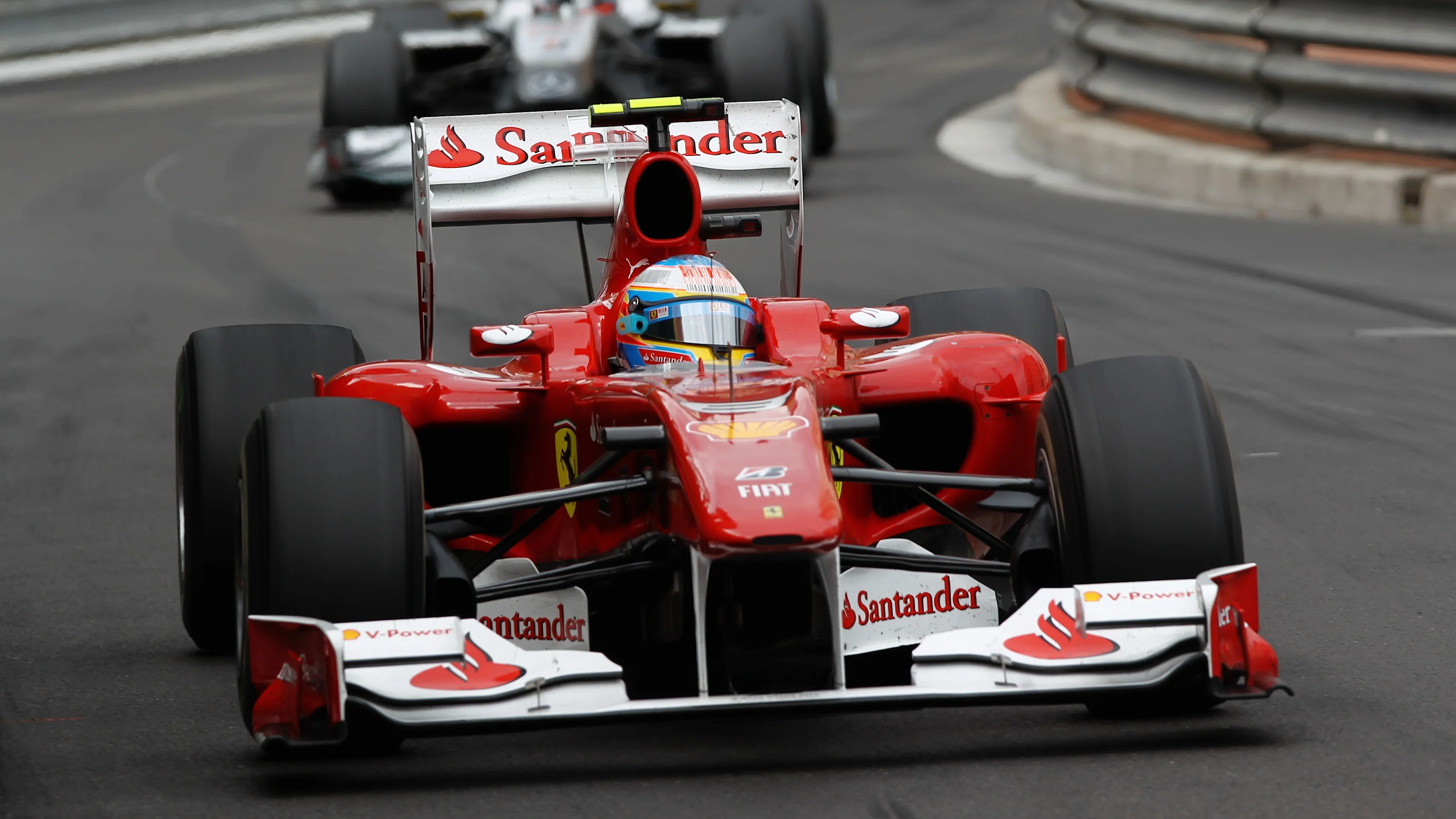

Next Up
Related Articles
 Celebrating the first F1 Allwyn Global Community Awards
Celebrating the first F1 Allwyn Global Community Awards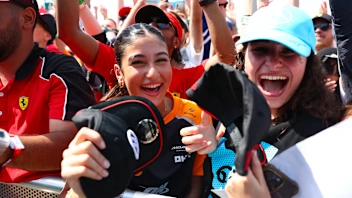 Formula 1’s record-breaking 2025 season in numbers
Formula 1’s record-breaking 2025 season in numbers Stroll opens up on 'noise' that has followed him in F1
Stroll opens up on 'noise' that has followed him in F1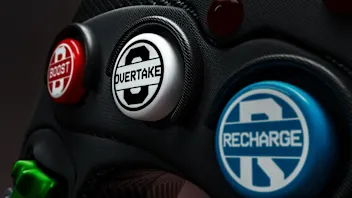 EXPLAINED: The key terms for F1’s new-for-2026 rules
EXPLAINED: The key terms for F1’s new-for-2026 rules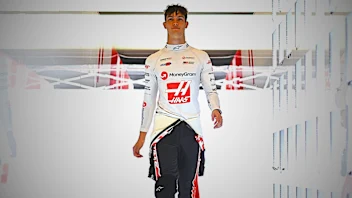 ExclusiveHow Bearman went from super-sub to star rookie in 2025
ExclusiveHow Bearman went from super-sub to star rookie in 2025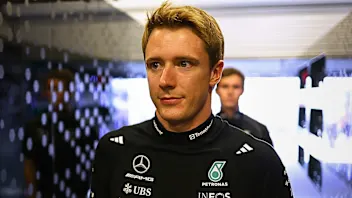 ExclusiveVesti on life as Mercedes reserve and his F1 plan
ExclusiveVesti on life as Mercedes reserve and his F1 plan